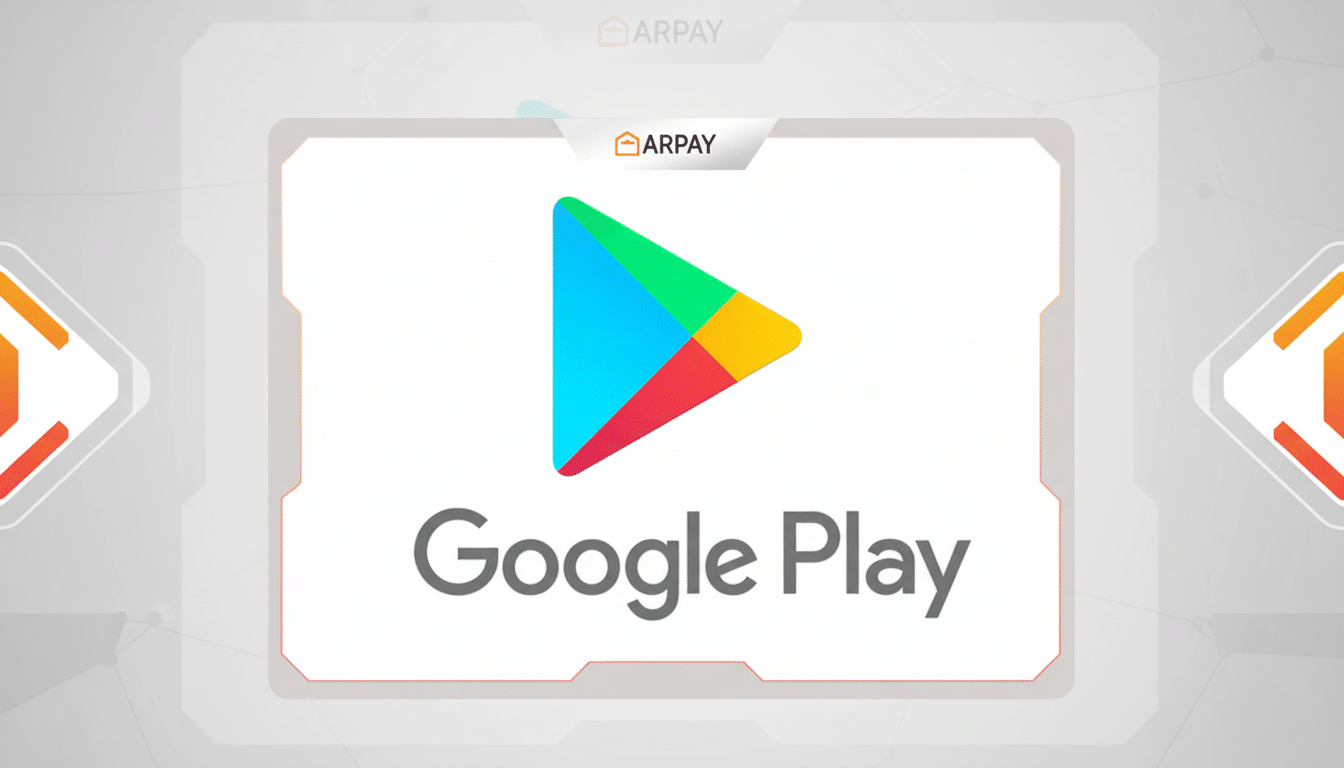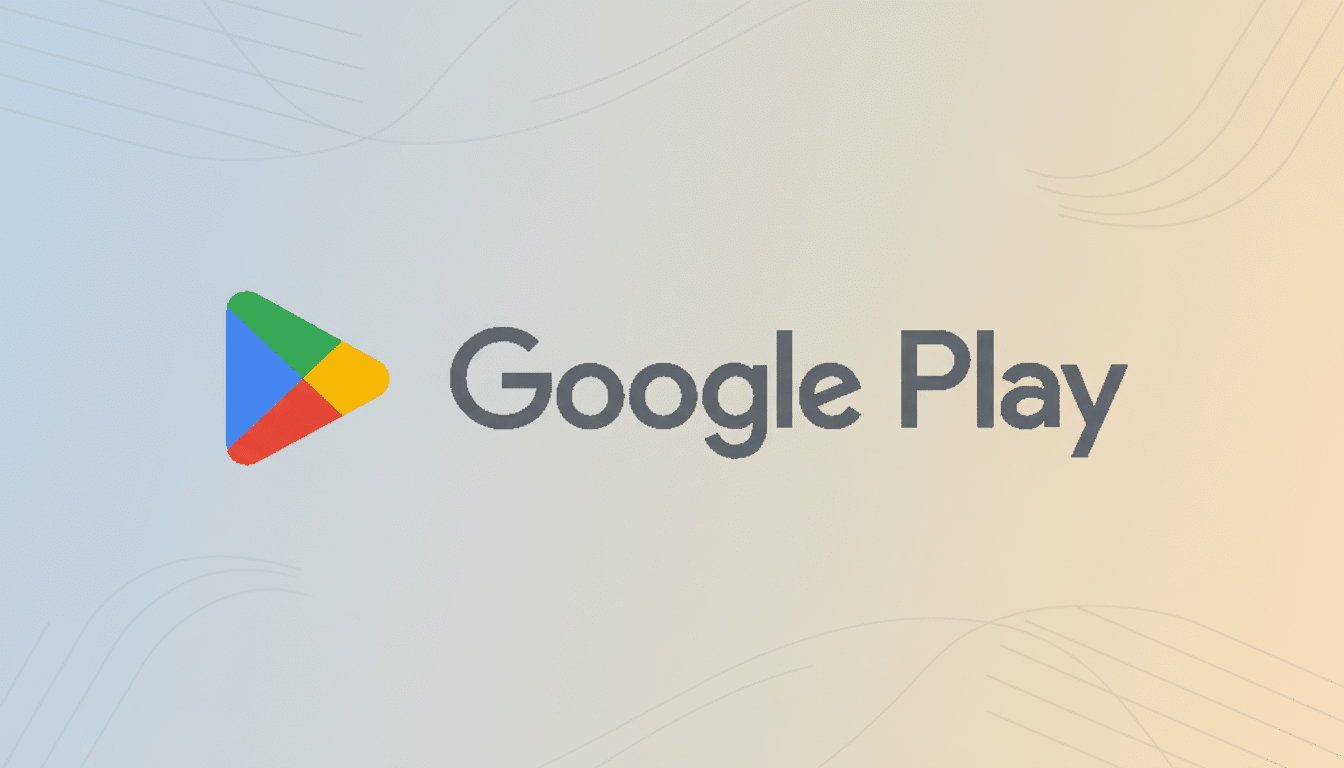Google is giving the Play Store another feature that’s more handy than life-altering, and it concerns how certain apps are able to prune across your Android devices. Play Store 48.8 has a conveniently located Uninstall button on the page for each app, so you can remotely remove that app from all your devices (provided it is tied to your Google account, of course). Firing up another device and running through all these steps is no longer needed!
What’s new has been updated in Play Store v48.8
The marquee addition is simple but impactful: when an app exists on one or all of your other Android devices, the corresponding Play Store page now shows you an Uninstall control on your primary phone. Tap it, and you can start the removal process on a device elsewhere in your house without backing out to the listing itself. It doesn’t replace Google’s current device-level management screen in the Play Store; it supplements it.
- What’s new has been updated in Play Store v48.8
- The anatomy of remote uninstall in the Play Store
- How it fits well across multiple Android devices
- The Manage screen still has an important role to play
- Security and storage benefits from remote uninstall
- Rollout timing and compatibility across Android devices
- What it means for IT teams and multi-device families

For anyone who is swapping back and forth between a phone and tablet—or a family device and their personal one—this creates less friction. You no longer have to head into a different dashboard to nix that game you tried once on your tablet, or some utility that auto-installed when you first set up your device.
The anatomy of remote uninstall in the Play Store
On your main device, fire up the Play Store, navigate to the app’s page, and look for an Uninstall button. If the app is on other devices that you own and are tied to your account, you can initiate a remote deletion from there. This is especially useful after getting a new phone, where past installations may have left devices cluttered.
The feature is based on the same account-level device awareness that the Play Store already uses for cross-device installs. It’s optimized for phones and tablets that run standard Google Play services. On wearables, TVs, or other specific hardware, availability could vary according to how Play Store support is implemented by individual devices.
How it fits well across multiple Android devices
The Android universe is huge—Google says there are billions of active Android devices—and multi-device households have become the norm. Research from data.ai has continually demonstrated that people tend to hold on to far more apps than they use and access, typically using about 30 apps a month and fewer than a dozen a day. That gap gives rise to “app sprawl,” which gobbles up storage, multiplies redundant notifications, and widens the surface area for security updates.
A one-tap uninstall on the app page helps tame that sprawl. It’s about choosing to uninstall an app at the moment you first see it, or having to remember to visit a management screen later. For power users who try out a lot of apps, or multiple family members on one machine, the time savings quickly become worthwhile.
The Manage screen still has an important role to play
The current Play Store path—Manage apps & devices > Manage—is still the preferred way to audit an individual device. Use the device filter to bring up all the apps installed on, say, your tablet, then tap and hold multiple titles and tap the Trash icon to remove them in bulk. Consider the new Uninstall button a surgical instrument, and the Manage screen your dashboard for grander cleanups.

Together these constitute a more complete remote management toolkit: quick removals from individual listings when you stumble upon something extraneous, and scheduled purges when you need a bird’s-eye view.
Security and storage benefits from remote uninstall
Cleaning out never-used apps can assist with better privacy hygiene. Even the apps you’re not actively using might still be able to store some data, cache, or have an update that’s more than a few versions behind on patches. Android’s “permission auto-reset” is a step in the right direction, but uninstalling apps you don’t really need is cleaner still. It also frees up storage—no small matter when media libraries and offline downloads are vying for space—and reduces background activity that could drain the battery.
At scale, the change matters. The Play Store now contains well in excess of two million apps, according to market-tracking firms like Statista, and the average user has dozens. Making it simpler to remove apps nudges behavior in the right direction.
Rollout timing and compatibility across Android devices
The update is rolling out through the Play Store’s stable channel, so it might be staged and not available for everyone at the same time. You can find which version of the Play Store you have in Settings by navigating to About. As with a lot of Play features, there will also be a server-side switch determining when you see the button—so patience will pay off.
No software upgrade is required, and the feature will work on any devices that are signed into your Google account, provided they have access to the Play Store.
What it means for IT teams and multi-device families
At work, the shift won’t supplant official tools. Android Enterprise and managed Google Play are still the gold standard for policy-driven installs and uninstalls at a fleet scale. For families, this enhancement complements the parental controls that are available in Family Link by making it simpler for an adult to clear a shared device of data without needing physical access.
Bottom line: the Play Store is morphing from a store to a cross-device control center. A remote Uninstall button at the place where users really make app decisions—the listing itself—is small, but it’s just the sort of quality-of-life bump that pays out every time we do a little spring cleaning on our digital toolkit.

